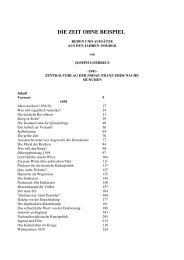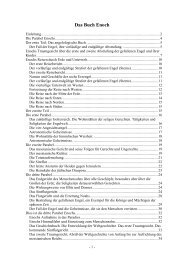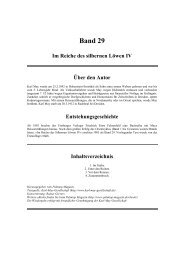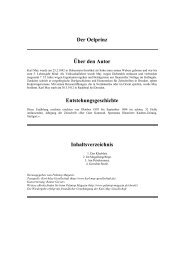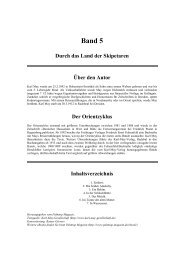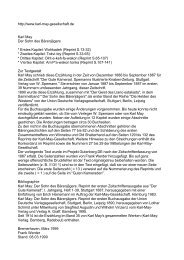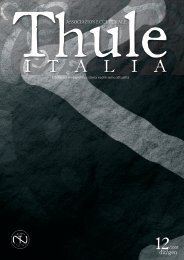Hitler's Baby Division
Hitler's Baby Division
Hitler's Baby Division
Create successful ePaper yourself
Turn your PDF publications into a flip-book with our unique Google optimized e-Paper software.
Hitler had originally ordered that the division be organized on June 1,<br />
1943, but disagreements between Jüttner and Berger over officer and NCO<br />
problems and postponement of WEL courses delayed this target date.<br />
Possible delaying maneuvers by OKW and other manpower and supply<br />
agencies, plus unanticipated slowness in recruiting may also have helped to<br />
defer formation until the end of the month. On the l7th Himmler saw Hitler<br />
on the Obersalzberg and informed him that the division was still in the build<br />
up process. By this time it had been decided to use troop facilities at<br />
Beverloo near Brussels as training and organizational headquarters.<br />
Replacements would be supplied by a newly-created Waffen SS infantry<br />
Training and Reserve Battalion 12 to be located at Arnheim. The formal<br />
organizational order was issued on the 24th by Jüttner, who was responsible<br />
for assigning officers, NCOs and men in agreement with the command of the<br />
I. Waffen SS Panzer Korps, created three days later to contain the l2th<br />
Waffen SS Panzergrenadier <strong>Division</strong> “Hitler Youth” and the 1st Waffen SS<br />
Panzer <strong>Division</strong> or Body Guard. 22<br />
During the month of June, while the Body Guard recovered from the<br />
exhaustive Battle of Kharkov, SS Colonel Fritz Witt, chief of its lst Armored<br />
Infantry Regiment, received appointment as commander of the Hitler Youth<br />
<strong>Division</strong>. Typical of an aggressive new breed of young SS officers, the thirty<br />
five-year-old Witt brought with him to Beverloo a select number of officers,<br />
sergeants and technical specialists. The rest of the officers were<br />
transferred from army and SS divisions or activated from reserve status as<br />
the original plan provided. More than half of them must have been former HJ<br />
leaders. A shortage of company commanders, platoon and squad leaders,<br />
was gradually filled when the former “training assistants” arrived from the<br />
17




